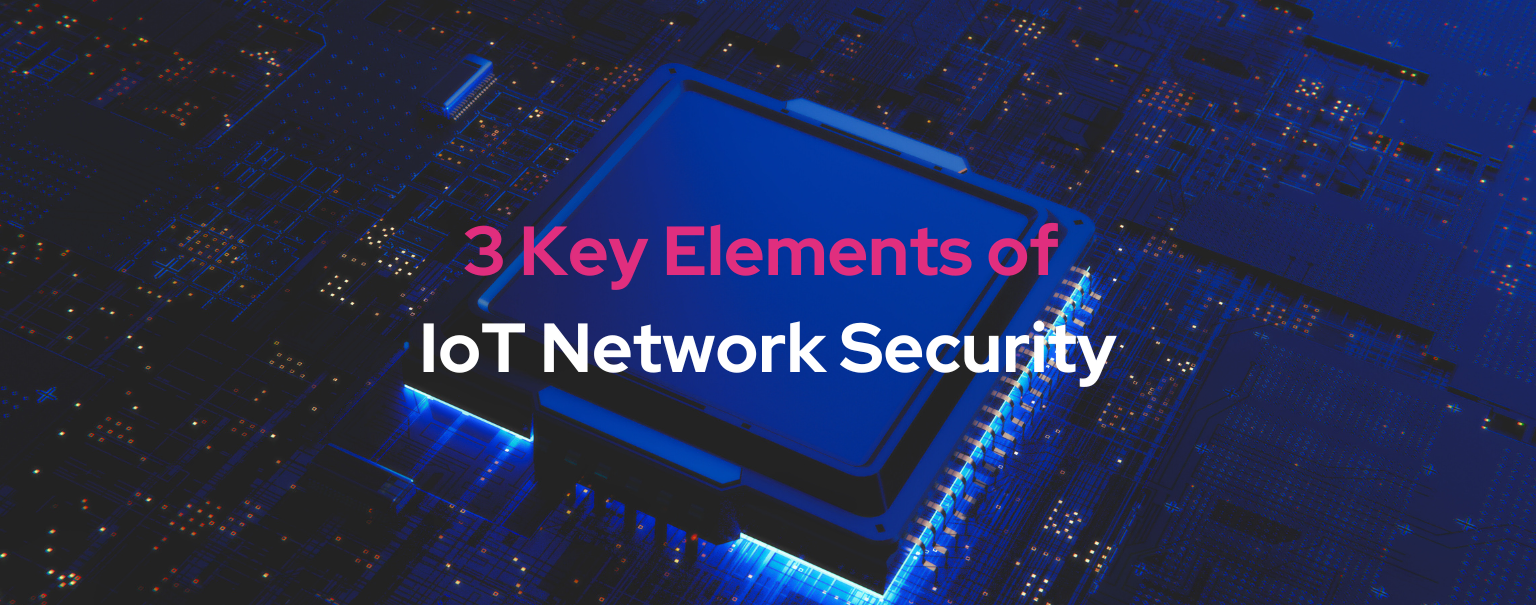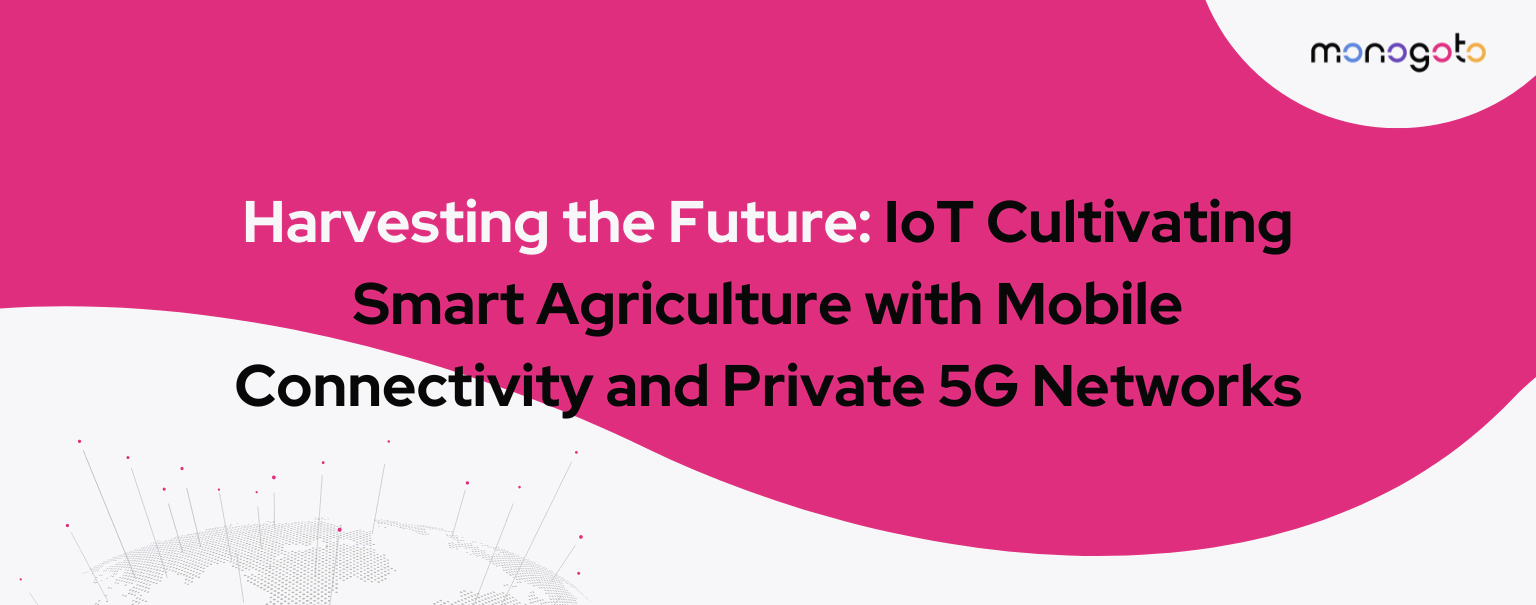First, the bad news: Most IoT networks aren’t as secure as they should be. The good news is that you can secure your IoT system without incurring costs that ruin your business case. In fact, it’s easy—provided you work with a connectivity partner that offers the right security features.
In this article, we’ll review the current state of IoT security. We’ll discuss why security remains dangerously lax. Then we’ll explain what a secure IoT network looks like, so you can choose a connectivity provider that makes security both robust and affordable.
Let’s get started.
Understanding the IoT Security Challenge
Malware attacks on IoT networks keep getting more common. In 2018, there were nearly 33 million such attacks. By 2022, that number had grown to more than 112 million attacks per year. That’s a growth rate of over 300%; clearly, security is a growing concern.
Still, IoT developers don’t always secure their data pathways sufficiently.
There are a few reasons for this:
- The IoT industry is still young. It took us years to discover the need for robust cloud security. The same dynamic is playing out in IoT.
- Many IoT developers don’t really understand the risk. They think they’re too small to draw a hacker’s attention. Given the statistics on IoT attacks, that’s not a safe assumption.
- Most IoT developers think of device-end (as opposed to network-end) security first — encryption-enabled modems, for instance. These cost more and drain batteries faster, so developers forego them.
The last reason developers don’t invest in IoT security is particularly compelling: Your main focus should be innovation. Every resource you devote to security is better spent coming up with amazing new product features.
But someone has to handle security. That’s where your connectivity provider comes in. Given the cost and energy challenges of device-side security, many IoT deployments are better off securing data on the network—and that’s firmly within the control of your connectivity partner.
Here’s what strong IoT network security looks like when you work with a connectivity provider.
Securing the 2 Major IoT Network Pathways
For most massive IoT deployments, you can divide network pathways into two segments:
- The cellular pathway, from the device to the cloud.
- The cloud pathway, from the connectivity provider’s network to your data center (or third-party service provider networks).
If you’re using a 4G or 5G network, security along that first pathway is fairly simple. These cellular networks are already encrypted over the air; the radio transmissions are always hardened against bad actors.
You can further protect data at the device-end by using an IoT SIM card that’s designed to act as a hardware security module (HSM). Such a SIM includes an embedded application that communicates to a secure gateway to the mobile network operator’s (MNO’s) mobile core network. So our first advice is to choose a connectivity partner that offers secure, HSM-enabled IoT SIM cards. That takes care of the cellular pathway.
The second IoT pathway is harder to secure. Your connectivity provider operates a cloud system that receives and pre-processes all the data your IoT devices generate. To convert that data into usable insights—or functionality—you have to send it to another cloud system. That might be your own data center. It could be a third-party provider’s cloud.
Either way, that data goes from cloud to cloud over the internet. That’s where serious security vulnerabilities come into play. If you had infinite money and endless batteries, you could use modems that encrypt your data from the device. For most IoT deployments, however, your best option is to choose a connectivity provider that secures data on the network, all the way to its destination.
The Three Pillars of IoT Network Security
Here are the network security features to look for in any IoT network. To ensure secure IoT data, look for a connectivity provider that offers:
- Strong visibility. If you don’t know what’s happening on your network, you can’t prevent bad actors from seizing control. Choose a connectivity partner that provides self-service apps with robust traffic visualization.
- Cloud-to-cloud firewall. The cloud pathway’s first line of defense is a firewall, software that only grants network access to approved traffic—which you control through personalized security protocols. Only work with connectivity providers that handle the cloud-to-cloud firewall, so you don’t have to.
- Optional VPN. For an even more secure network, ask your connectivity provider to create a secure virtual private network (VPN) to connect their cloud with yours (or your third-party provider’s). A VPN encrypts data and masks device identities, creating the ultimate secure data pathway.
Of course, you could build your own secure cellular IoT system from scratch. That would involve applying for a specialty access point name (APN) from an MNO. Then you could lease a multiprotocol label switching (MPLS) line or VPN from that same MNO. Finally, you could work on establishing firewalls and visualization apps.
That process could take as long as a year, and it would be awfully expensive. The quicker, more affordable option is to outsource your connectivity to an expert.
Just be sure to choose a connectivity provider that offers all three of the network security options we just discussed. With visibility, firewalls, and VPNs available, you can stop stressing about security and focus on what matters: Delivering amazing IoT experiences to your customers.






